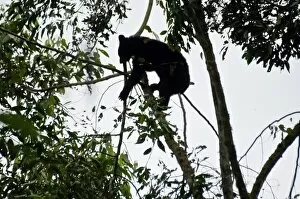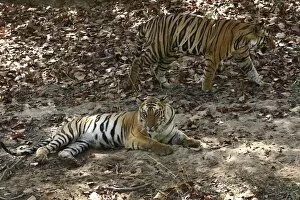Iucn Classification Collection
The IUCN Classification: A Comprehensive Guide to Understanding the World's Biodiversity In a world teeming with diverse species
All Professionally Made to Order for Quick Shipping
The IUCN Classification: A Comprehensive Guide to Understanding the World's Biodiversity In a world teeming with diverse species, understanding and categorizing them becomes crucial for conservation efforts. The International Union for Conservation of Nature (IUCN) classification system, developed by experts like Michael S. Nolan from SpecialistStock, serves as an invaluable tool in this endeavor. With his keen eye for capturing nature's wonders through photography, Michael S. Nolan has contributed significantly to our understanding of biodiversity. Through his lens, he brings us closer to the intricate web of life that exists on our planet. The IUCN classification system is a framework that assesses the conservation status of various species based on their population size, distribution range, habitat quality, and threats they face. It classifies species into different categories ranging from "Least Concern" to "Extinct, " providing a standardized approach for evaluating their vulnerability and guiding conservation actions accordingly. By utilizing this classification system, scientists can identify endangered or critically endangered species that require immediate attention and protection measures. This knowledge empowers policymakers and organizations worldwide to prioritize resources effectively and implement targeted strategies aimed at safeguarding these vulnerable populations. Michael S. Nolan's captivating photographs serve not only as visual delights but also as powerful tools in raising awareness about the importance of conserving biodiversity. His images capture rare moments in nature - a glimpse into the lives of creatures both great and small - reminding us of the beauty we stand to lose if we do not act swiftly. Through collaboration between photographers like Michael S. Nolan and scientific experts employing the IUCN classification system, we gain valuable insights into threatened ecosystems worldwide – from lush rainforests brimming with unique flora to vast oceans inhabited by magnificent marine life. As climate change continues to pose unprecedented challenges to our environment, it is essential now more than ever before that we understand how human activities impact wildlife habitats across the globe.



